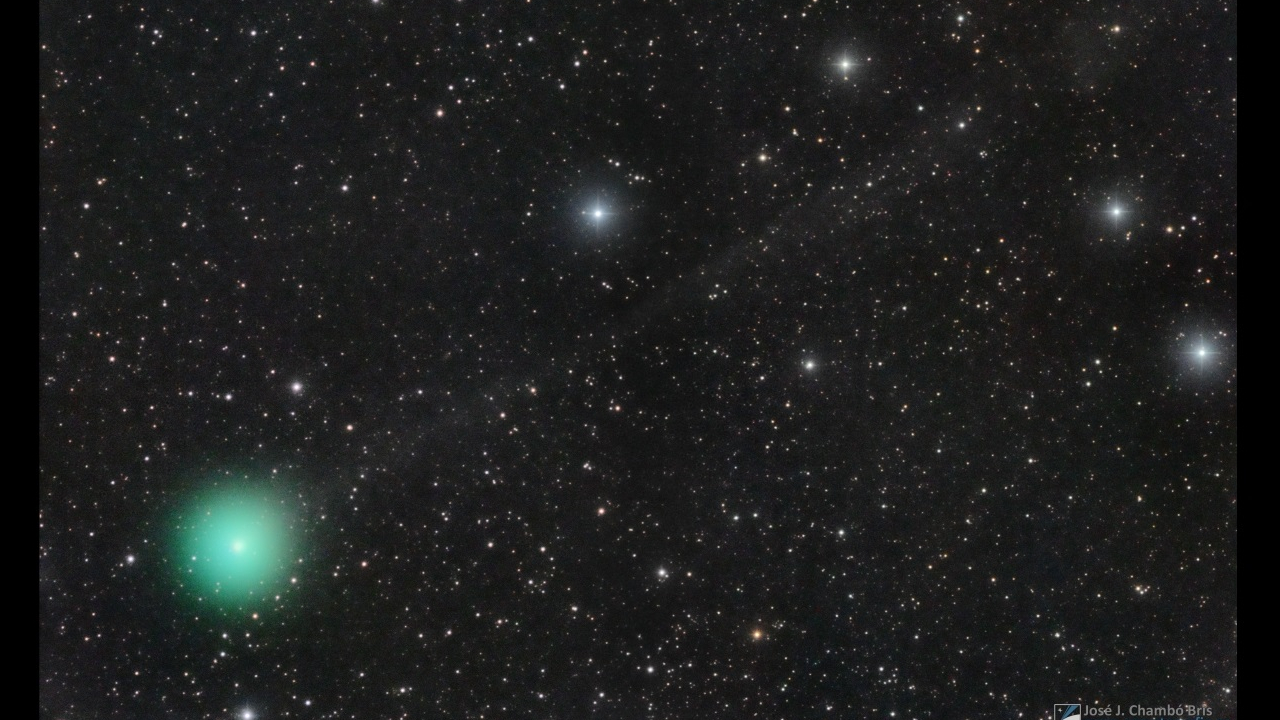The
**Perseid meteor shower** is one of two sky-ward viewings this week. Fragments of the comet PanSTARRS C/2017 S3, the gas cloud of which is roughly twice the size of Jupiter, will zip past the sky on 7 and 8 August, as it does a fly-by 70 million miles away from Earth. Astronomers discovered the comet in September 2017, and
believe that this is the first time the green giant has entered our inner Solar System. Dubbed PanSTARRS (C/2017 S3) for all purposes official, the comet has been popularly accepted as ‘Incredible Hulk’, for its green colour and large size. The green glow around the comet comes from carbon and cyanide gas that it contains, which ionize as the comet is warmed by the Sun. It is surrounded by a 2,60,000-kilometer-long cloud of dust and gas, electrified by the solar wind,
said a Russian astronomer studying the comet, Yevgeniy Dmitriyev, to Sputnik News. [caption id=“attachment_4922111” align=“alignnone” width=“1280”] The Incredible Hulk Comet, captured on 20 July, 2018. Image: Sky and Telescope/Jose Chambo Bris[/caption] The comet broke apart towards the end of July as it approached the Sun, which is something astronomers have attributed to the sheer volume of the gas cloud enveloping the comet. Viewing the ‘Incredible Hulk’ with the naked eye could prove difficult since the comet broke into fragments as it approached the Sun, and is now rapidly fading. Also affecting the view will be bad weather and clouds, which could impede the comet’s sighting in many parts of the country. However,
experts told Live Science that the comet could have another eruption in the days to follow, making the comet transiently brighter to view. The comet is due to reach its perihelion (the closest point to the sun) on 16 August, when it pirouettes around the sun and comes back around. But the intensity of the comet’s brightness will not make for an easy viewing at this time. So if you would like view the comet, Wednesday night is likely your last chance!
Wednesday night, according to experts, is the last likely chance to spot the green comet.
Advertisement
End of Article


)
)
)
)
)
)
)
)
)



